May marked a historic month for the crypto market after the SEC finally greenlit Ethereum exchange-traded funds (ETFs). After years of relentless pushback and tireless advocacy from pro-crypto activists, this approval presented a golden opportunity to market Ethereum in ways that have not been previously anticipated.
The timing of this approval couldn’t be better. It comes at a moment when global financial markets are increasingly open to on-chain investments, such as the $11.7 billion capital inflow to Bitcoin ETFs since January 2024. This article explores how the Ethereum community can leverage these new circumstances to position ETH as a leading global investment vehicle.
ETH Enters the Commodity Market
With the SEC’s approval of Ethereum ETFs, ETH is now effectively recognized as a commodity. This institutional endorsement has launched Ethereum into a new level of financial credibility previously reserved for assets like gold and oil. Investment giants like BlackRock and VanEck, which have already established sizable positions in Bitcoin ETFs, are now setting their sights on ETH.
This week, this day, has been a rollercoaster unlike any other I’ve seen. ETH is effectively deemed a Commodity as we’ve always known it to be. I’m proud to be on team @Coinbase, the trusted partner and custodian for many of the issuers who had 19b-4’s approved tonight. pic.twitter.com/nz1HHFbBSQ
— paulgrewal.eth (@iampaulgrewal) May 23, 2024
Fresh coverage of these new narratives by mainstream media is primed to catapult Ethereum out of its crypto-native niche. Already, ETH is becoming a mainstay in major business news outlets, even as political leaders like Donald Trump have utilized the Ethereum network to launch projects.
Gone are the days when Ethereum market sentiment was determined solely by the attention span of crypto communities. We now face a future where Ethereum will be the subject of wider discussion as more attention settles on ETH as the most exciting crypto commodity.
Investing in the "World Computer"
The massive capital influx into Bitcoin following the BTC ETF approval on January 11, 2024, set a precedent that Ethereum is certain to follow. While Bitcoin is often seen as digital gold, Ethereum offers something uniquely compelling—it powers a decentralized “World Computer.”
Bitcoin, by design, is primarily a digital currency meant for value exchange. Ethereum, on the other hand, introduced a new era of decentralized and secure networks powered by ETH, the world’s first programmable crypto.
Since its inception, Ethereum’s smart contracts have advanced computing technology's capabilities, enabling applications in sectors ranging from encryption and trading to data verification and digital wallets. As I often tell people, "If fiat was a horse, Bitcoin is a train, and Ethereum is an airplane."
In marketing ETH, the Ethereum community should bring these superior traits to the forefront by emphasizing that it is the real key to unlocking real-world applications of crypto technology.
Hunter + Dog S1 are timeless. https://t.co/tJ82Ly5dtW
— CollectTrumpCards (@CollectTrump) May 31, 2024
Ethereum Is Reshaping Global Industries
Ethereum’s smart contracts are actively reshaping both traditional and digital industries. In finance, Ethereum has pioneered the decentralized finance (DeFi) sector, which now boasts a market cap of $104.55 billion. We could also discuss how the millennia-old real estate market is being disrupted by the concept of tokenization, which has made housing markets more accessible and secure.
Real-world assets (RWAs) are powered by the smart contract technology pioneered on Ethereum, rewriting the rules on the ownership and trade of landed properties while blurring the lines between virtual and physical items.
Emerging technologies like decentralized physical infrastructure (DePIN) are merging physical and network infrastructures, unlocking new uses for a growing list of applications, including data networks and digital geographical mapping. Additionally, smart contracts are pushing the boundaries of artificial intelligence by enabling decentralized AI computing.
It’s clear that the diverse applications of smart contracts highlight ETH’s utility, making it a highly sought-after crypto commodity over Bitcoin and even conventional commodities with limited use cases.
enter the ether ???? pic.twitter.com/YXgKQFP5Nr
— VanEck (@vaneck_us) May 23, 2024
Scaling Hurdles with Ethereum
L2 networks, one of Ethereum’s biggest criticisms has been its scalability issues. The processing speed and usage costs of the Layer 1 Ethereum network have resulted in challenges to its widespread adoption despite the versatility of smart contract technology. However, the emergence of Ethereum Layer 2 (L2) networks, such as Arbitrum, Base, and zkSync, has mitigated these issues.
These L2 networks, all powered by the native ETH token, enhance Ethereum’s scalability and efficiency, enabling the type of growth discussed earlier. They operate on top of the Ethereum blockchain, enhancing its efficiency by handling transactions off the main chain before settling them on the main network layer.
This reduces congestion and lowers costs without compromising on security or decentralization, making Ethereum more accessible and user-friendly.
Ether ETF Approved: Why Investing in Ether is Much More Sensible than Bitcoin in 5 PointsA thread ????1. Ether is Much Scarcer and Even Deflationary Compared to Bitcoin ????Unlike Bitcoin, transaction fees on the Ethereum blockchain do not go directly to miners (validators,… pic.twitter.com/1xDgWp8KD0
— tobbykitty.eth ???????? (@TobbyKitty) May 24, 2024
This adaptability ensures that Ethereum remains relevant as new technologies emerge. Perhaps this is Ethereum's strongest selling point in the post-ETF era: ETH’s ability to efficiently scale while retaining Bitcoin's core crypto values, along with its unique added benefits, makes it a formidable contender in the crypto commodity space.
If the ETF approval was a validation of ETH’s maturity as an asset class, then it is time to remind the world why Ethereum has made it this far.
This article was written by Tim Haldorsson at www.financemagnates.com.
You can get bonuses upto $100 FREE BONUS when you:
💰 Install these recommended apps:
💲 SocialGood - 100% Crypto Back on Everyday Shopping
💲 xPortal - The DeFi For The Next Billion
💲 CryptoTab Browser - Lightweight, fast, and ready to mine!
💰 Register on these recommended exchanges:
🟡 Binance🟡 Bitfinex🟡 Bitmart🟡 Bittrex🟡 Bitget
🟡 CoinEx🟡 Crypto.com🟡 Gate.io🟡 Huobi🟡 Kucoin.



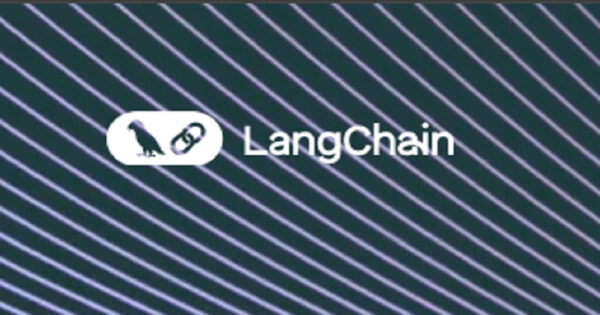
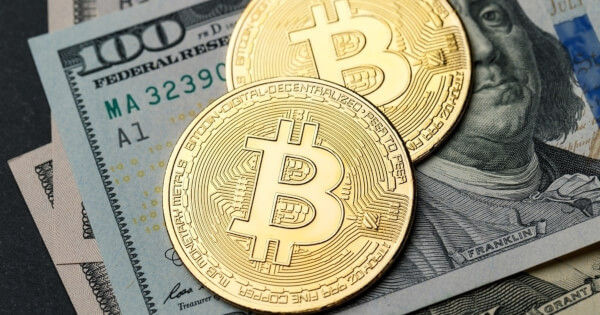
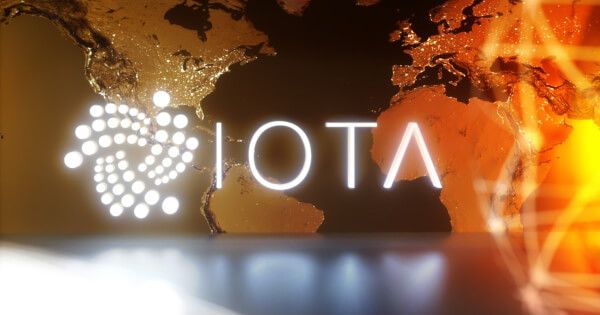

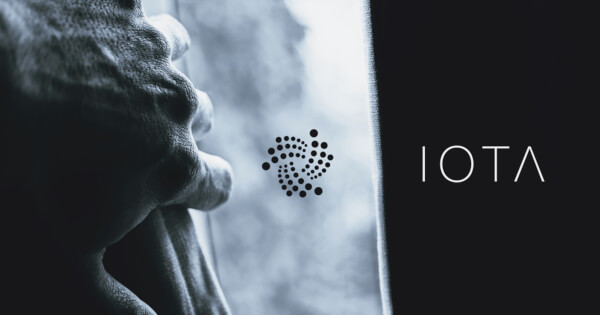
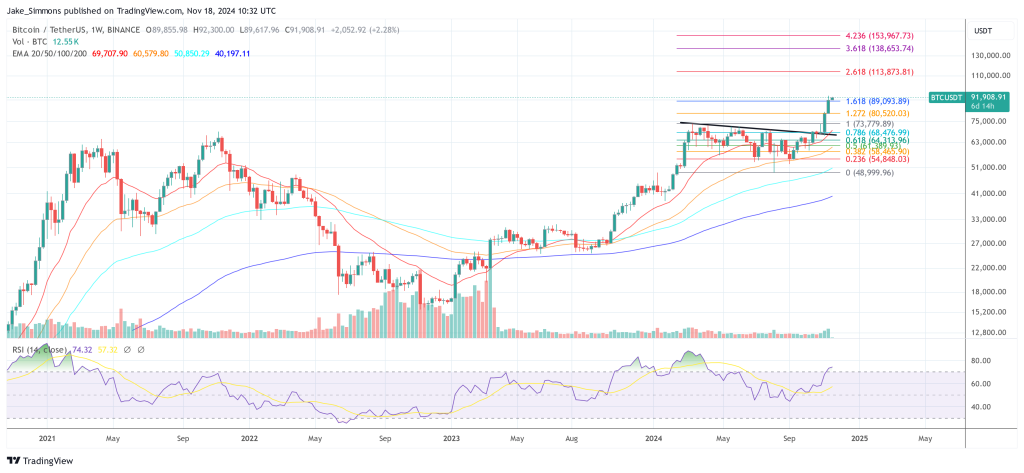



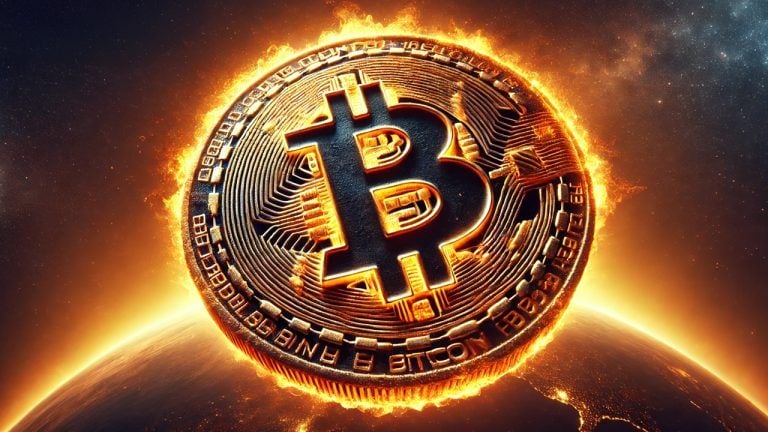
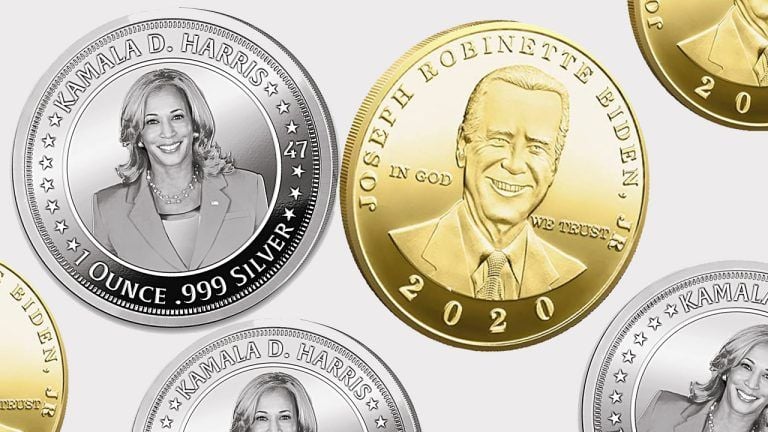



Comments